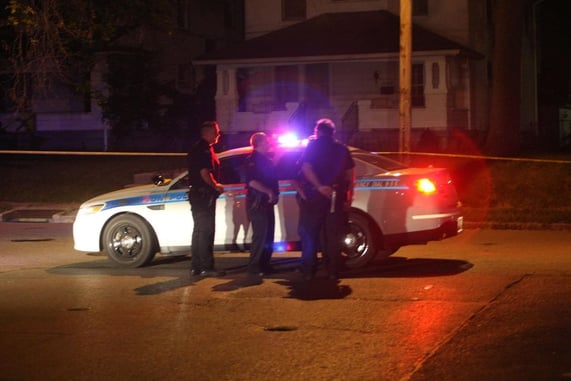We’ve done a few articles relating to how we recommend interacting with police. It’s nothing new but in light of recent events, we’ve been asked to make one more and go into a bit more detail.
First off, I’m okay with drawing some ire on this — a police interaction isn’t the time to start preaching whatever political discourse is the flavor du jour. These men and women get up in the morning (or late at night) and have to deal with everything from the most villainous scum you can imagine to people just like yourself trying to get through the day.
The vast majority of police are upstanding, brave, and are willing to step into a hail of fire to protect an innocent.
So, prewarned: this isn’t going to be the article where we talk politics. It’s straight forward.
Police Want To Go Home At Night — Just Like You
Law enforcement is a job. And after the job is over, most of us in America get to hang up our aprons or work clothes and go on about our lives. Police officers can’t. When they see you, their first thought is usually, “how can I get through this safely and go home at the end of my shift.”
Police Interactions In A Vehicle
If in a car, do the following things immediately:
- Dome light on.
- Hands clear and visible on the steering wheel.
- Inform the officer that you have a firearm in the vehicle.
He will usually then ask where it is located. If it is on your body, don’t touch it. If he asks for paperwork, supply it.
- Move your hands slowly at all times.
It doesn’t matter if you are late to be somewhere, have somewhere to go or think the traffic stop is pure garbage. All of that doesn’t matter. What matters is having a safe interaction with law enforcement who are increasingly being targeted for violent crime. They are guaranteeably already on edge and are trying their best to be calm and collected. Do them and yourself a favor and do the same.
If there’s anyone else in the car, tell them to keep their movements to a minimum and also keep their hands where they are clearly visible.
- Look straight at the police officer when answering any questions.
- Maintain eye contact whenever possible.
- Speak clearly and succinctly.
- Do what you are instructed to do.
If you disagree with anything the police officer is asking to do: ask questions. A simple question can help clear up any confusion. If the answer doesn’t meet your requirements, ask to speak with an attorney.
And this goes for everything in our present society: when in doubt, make sure your attorney is on speed dial. Yes, costs go up dramatically but if you’re not going to be able to comply with a request, you need to stay calm and civil through the interaction.
Just doing these preceding recommendations will make any concealed carry interaction with law enforcement much simpler.
Interacting With Police While Carrying Concealed
If you’re at home or just walking down the street, there’s a chance a police officer might talk to you. The second a police officer begins talking to you, that’s defined as an interaction. That doesn’t need to be your definition but that’s how they’re going to file it in their reporting.
- Stay calm
- Stay civil
- Be clear and annunciate
- Maintain eye contact
- Keep hands visible at all times
Seriously, just that much will make any interaction you have with law enforcement amazingly simple and non-confrontational.
Are police always right? No. They’re human. Humans make mistakes, have failures in judgement and are prone to a whole range of emotions. When you keep the situation calm, you have a much greater chance of having a favorable interaction with law enforcement.














